At this point, we all know how dangerous it is to drink and drive. But, despite being one of the behaviors that public administrations around the world are always cracking down on and the severe penalties it can lead to, it continues to be the cause of numerous deaths on the road.
Neither raising awareness nor persecution and punishment have led to the eradication of this behavior. Hence, in recent years we have opted to look for technological solutions that help alleviate it, to nip the problem in the bud.
Don’t even think about starting the engine
The spearhead in the use of technology to combat driving under the influence of alcohol is found in the United States. There, at the end of 2023, car market regulators began the process to force manufacturers to incorporate technologies that prevent vehicles from starting when the driver is drunk. For now, it is only about the collection of information on alternatives and the approval of minimum safety standards, but the beginning of the process suggests that this requirement could be on the table sooner rather than later.
The American proposal focuses on so-called passive detection. This encompasses all detection methods that do not require any action on the part of the driver to evaluate their alcohol consumption, which makes it especially suitable for preventing a person from getting into the car after drinking.
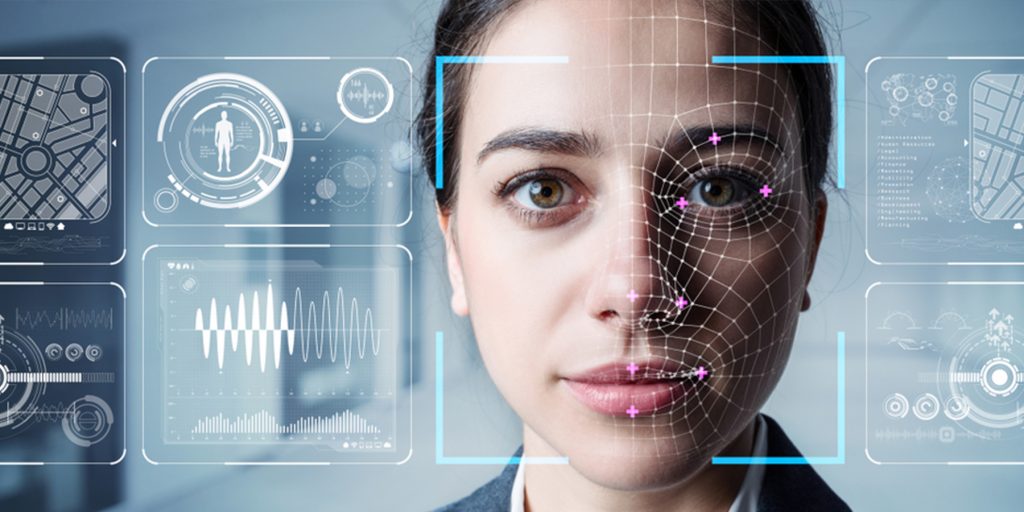
Detect alcohol through breath, touch, and sight
In principle, there are three different technologies that can be used to prevent a person who is under the influence of alcohol from starting a car. All three seek to be able to identify the drunk driver.
The most advanced technology to date uses sensors to measure the alcohol present in a person’s breath. Another possibility is to use other types of sensors capable of measuring the blood alcohol level through the skin. And another approach, instead of analyzing blood alcohol levels, would integrate a camera capable of recognizing movement patterns in people’s eyes and identifying those that are consistent with the effects of alcohol. Today, all three technologies are still in the development phase. But the fact is that the first manufactured vehicles equipped with them (breath-alcohol detection devices could be ready by the end of 2024) could arrive in the coming years.
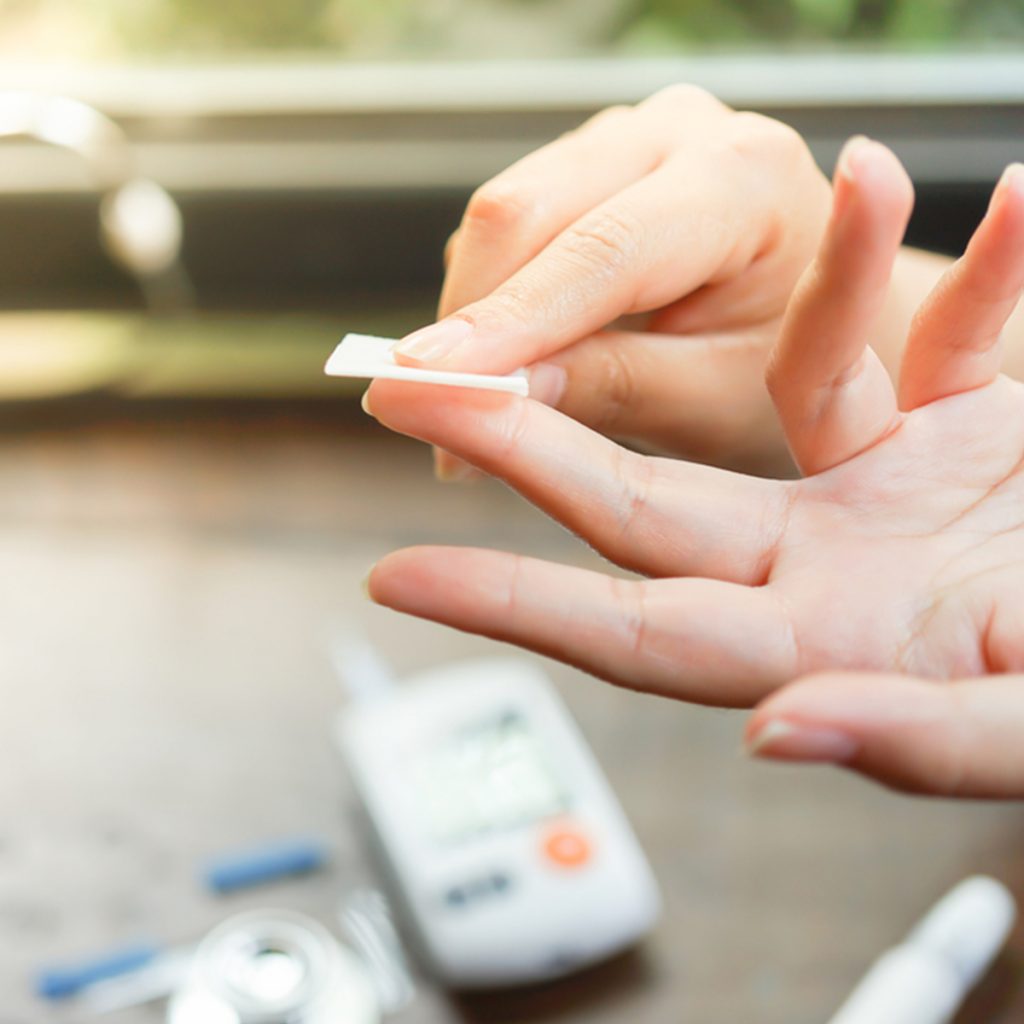
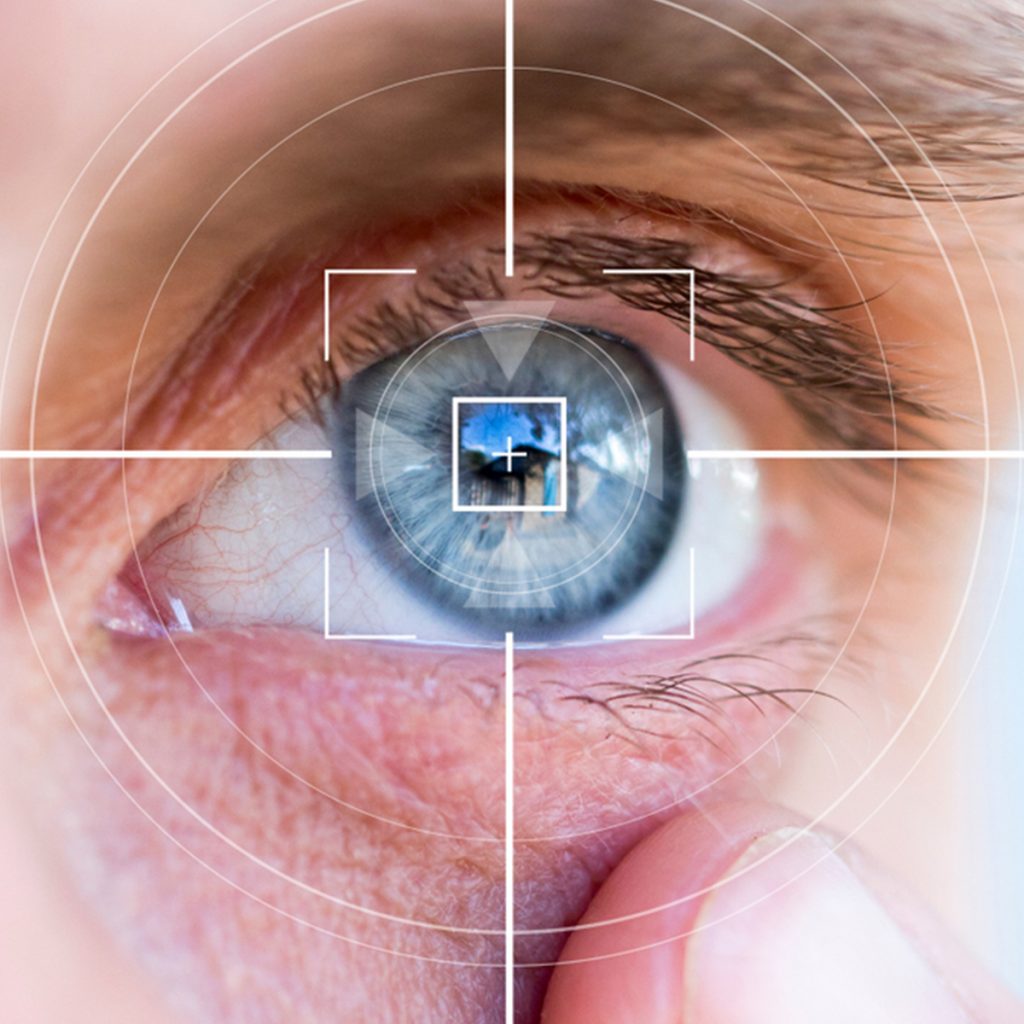
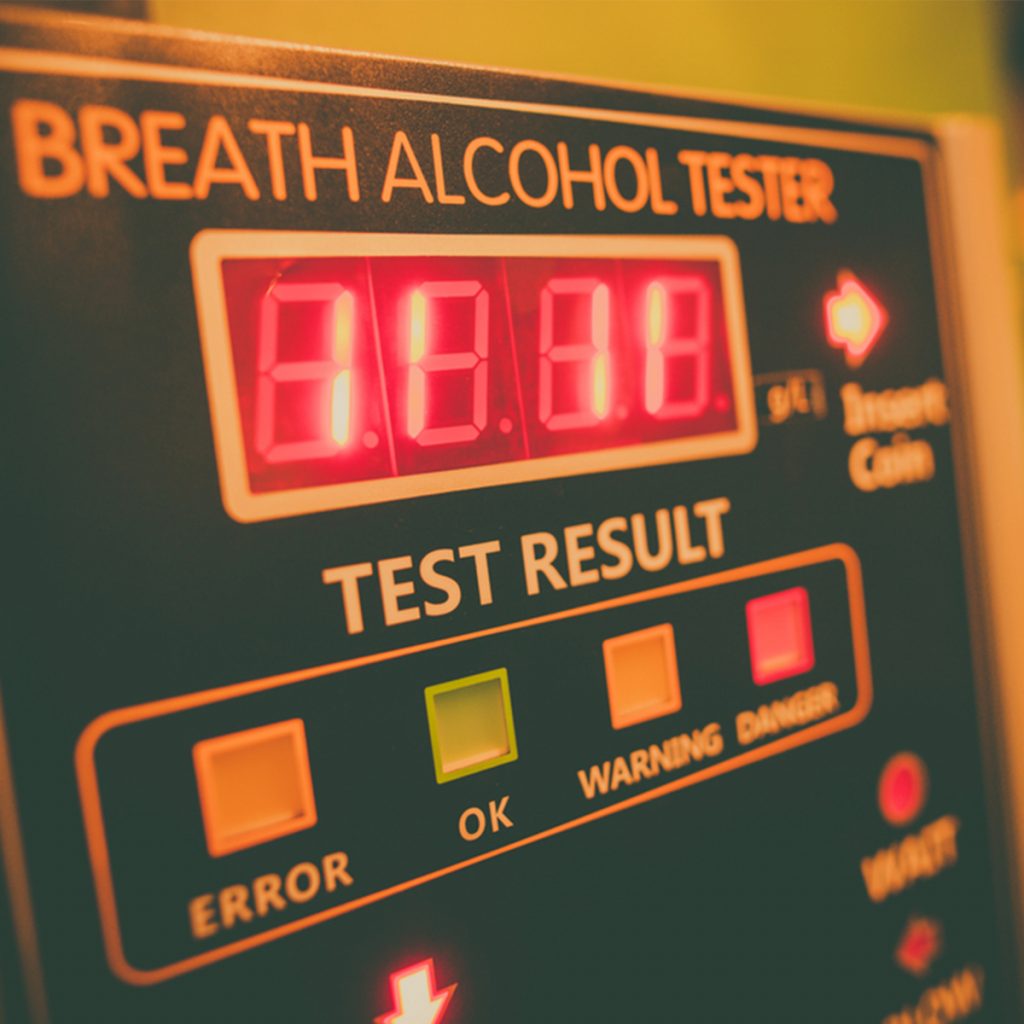
The first initiatives
Also in the US, the DADSS (Driver Alcohol Detection System for Safety) research program has been created jointly by the US National Highway Traffic Safety Administration and the Coalition for Highway Safety. The objective of the program is to develop the most promising new technologies for alcohol detection and use them in the fight against driving under the influence.
They work on two passive detection systems. The first is capable of analyzing exhaled air and identifying its concentration of alcohol and carbon dioxide. The second aims to “analyze traceable alcohol under the skin of a driver.” This system would measure the concentration of alcohol in the blood through the observation of capillaries, illuminated with infrared lights. According to DADSS, its engineering team has already developed a prototype and is now working to integrate it into a vehicle.
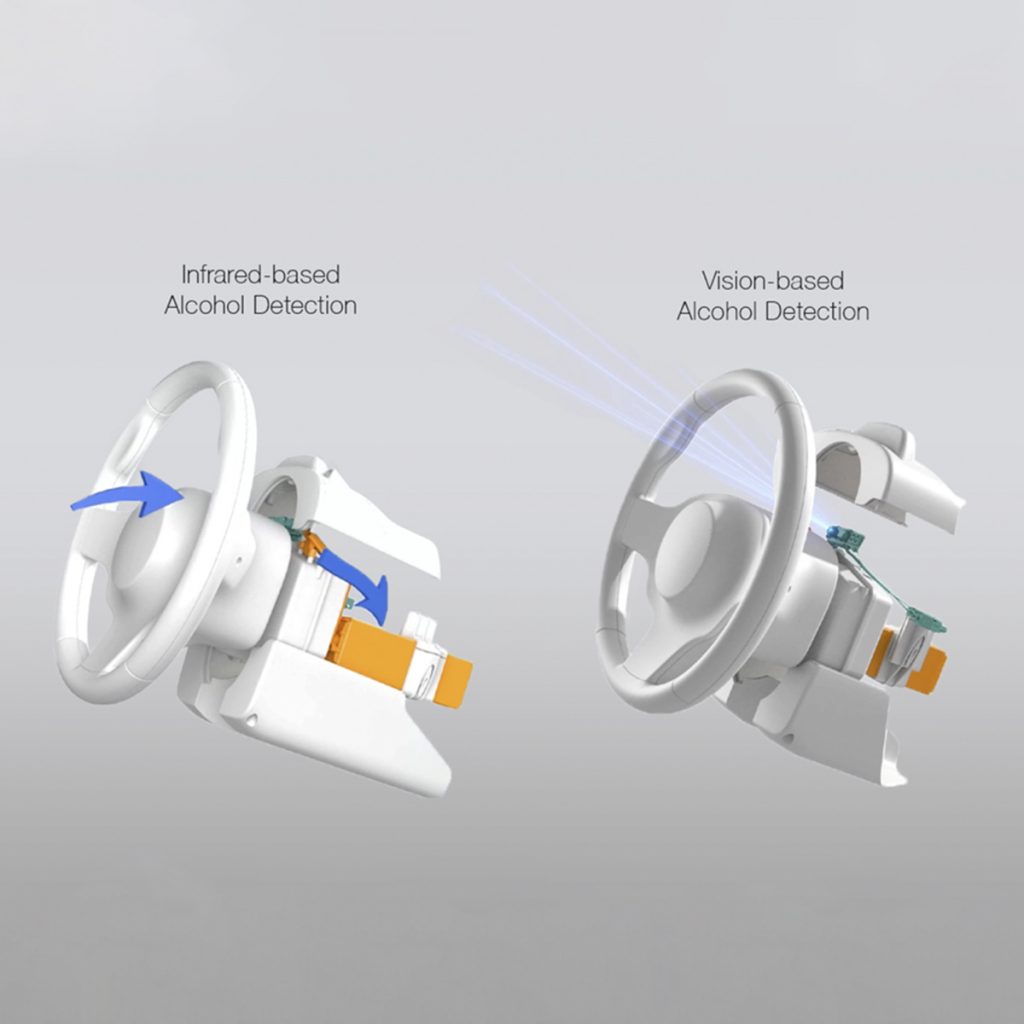
In the private sector, one of the companies working on developing solutions to detect alcohol consumption in drivers is Magna. Earlier this year, the Canadian company presented a system aimed at “combating driving under the influence of alcohol.” Magna’s idea combines two of the technologies that can detect drunkenness. On the one hand, the system includes an air and gas sensor that, placed behind the steering wheel, is capable of analyzing the driver’s breath. In addition, it also includes a camera capable of detecting “driver distractions, drowsiness and intoxication through signals from the pupils.” Magna’s system seeks to quickly determine if drivers “are fit to drive” or if, on the contrary, they should leave the car in its parking space and opt for public transportation.